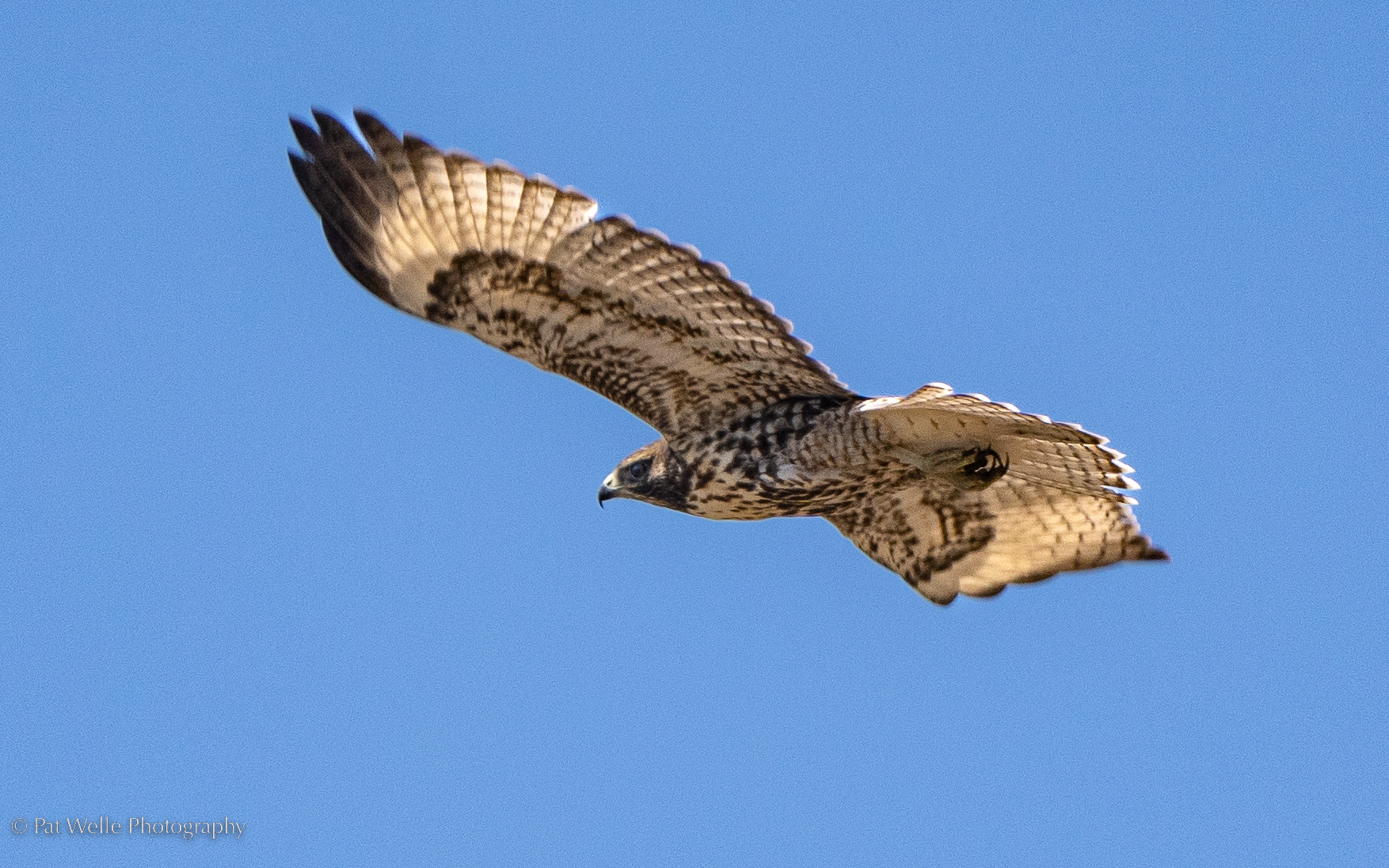At The Mouth: The full strength of the river's 1,250 miles meets strong winds and the power of the Pacific Ocean at its mouth where the river is over 2 miles wide. Here, large bays open on both the north and south shores, and numerous islands change in size with the tidal flows. Birds, wildlife, deep forests, and light can all be dramatic or absolutely still, and are in constant change through the seasons.

Wakiki Beach
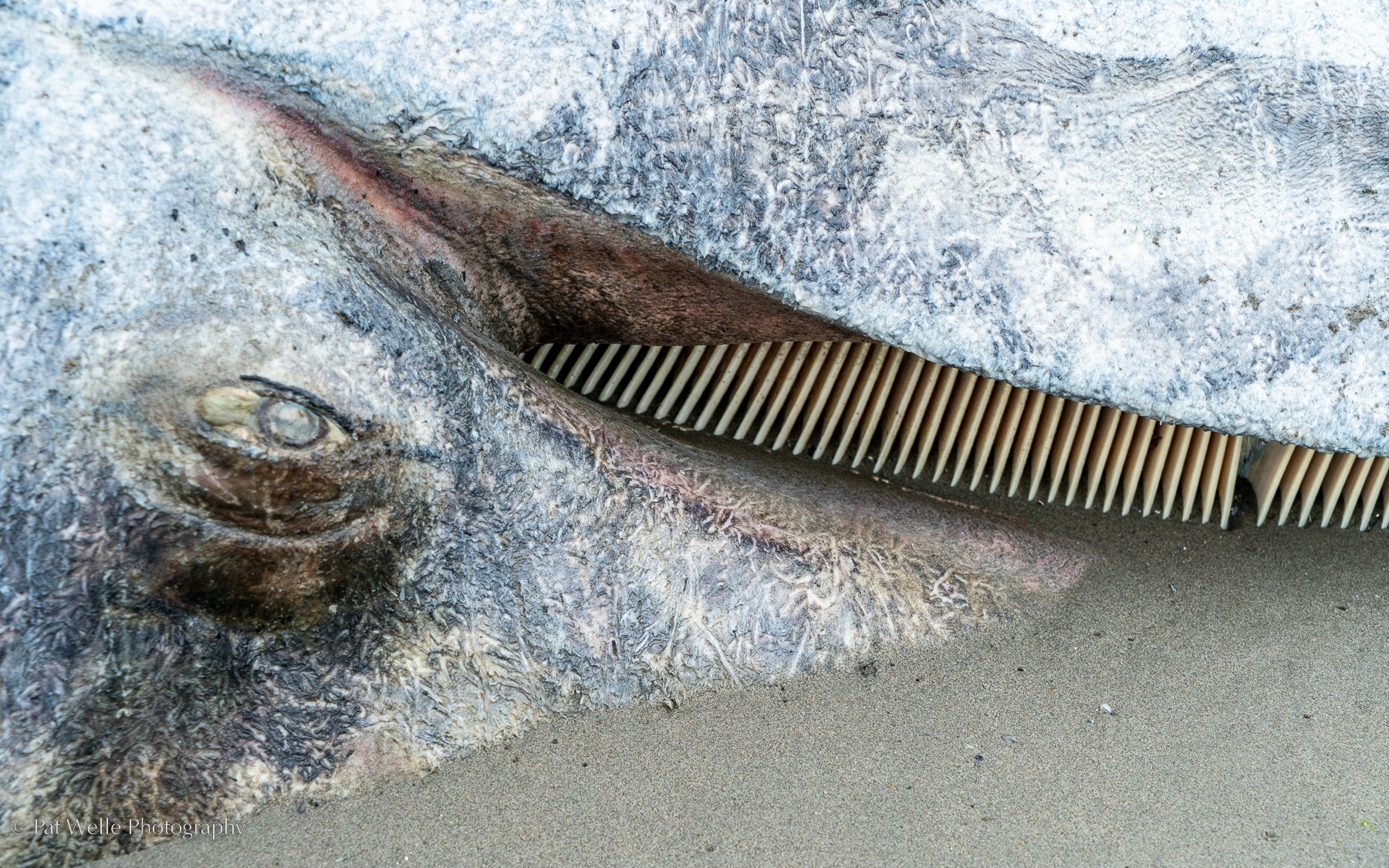
Returning to the Sand
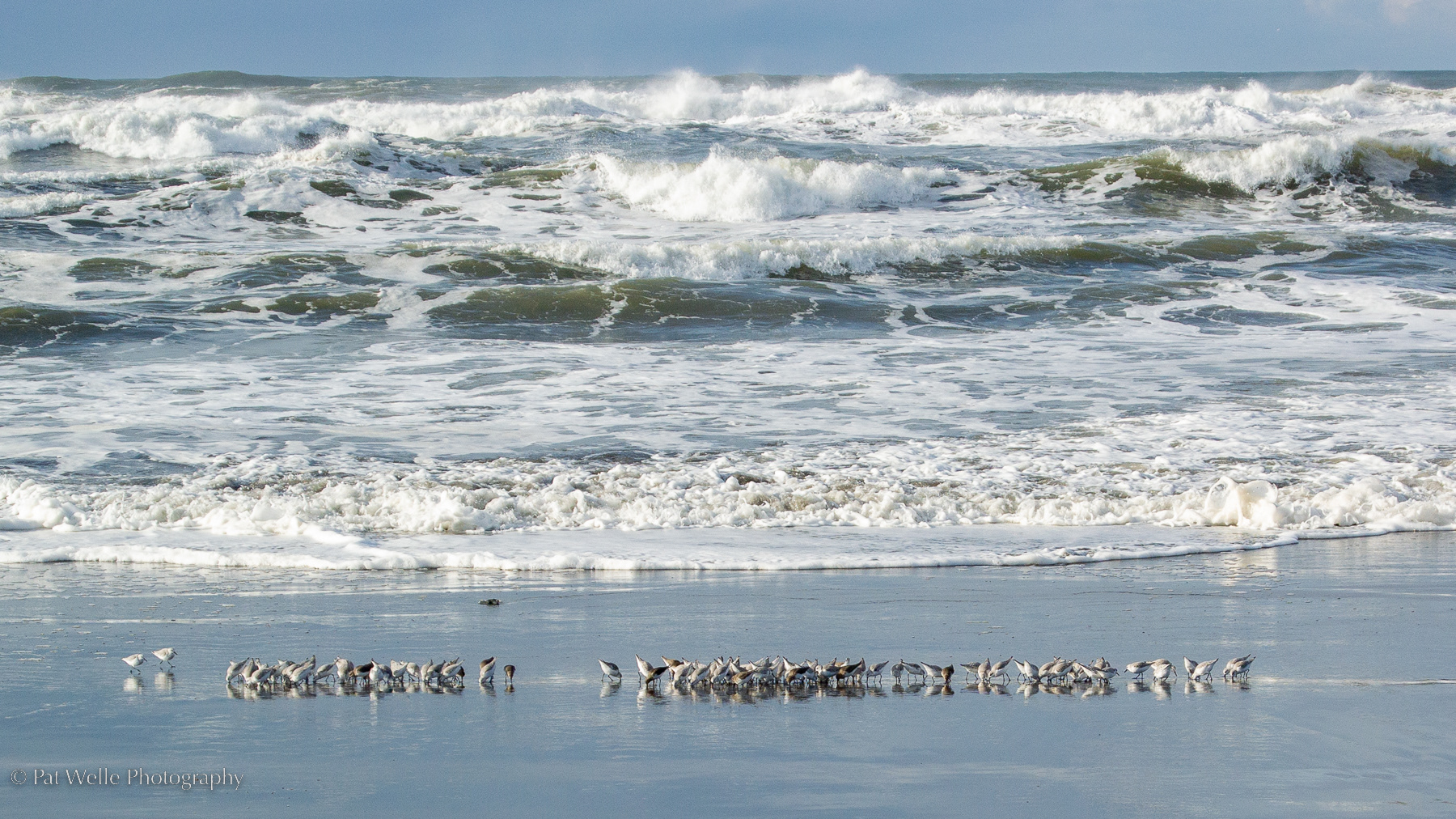
Feeding on a Tide

One of Many Islands
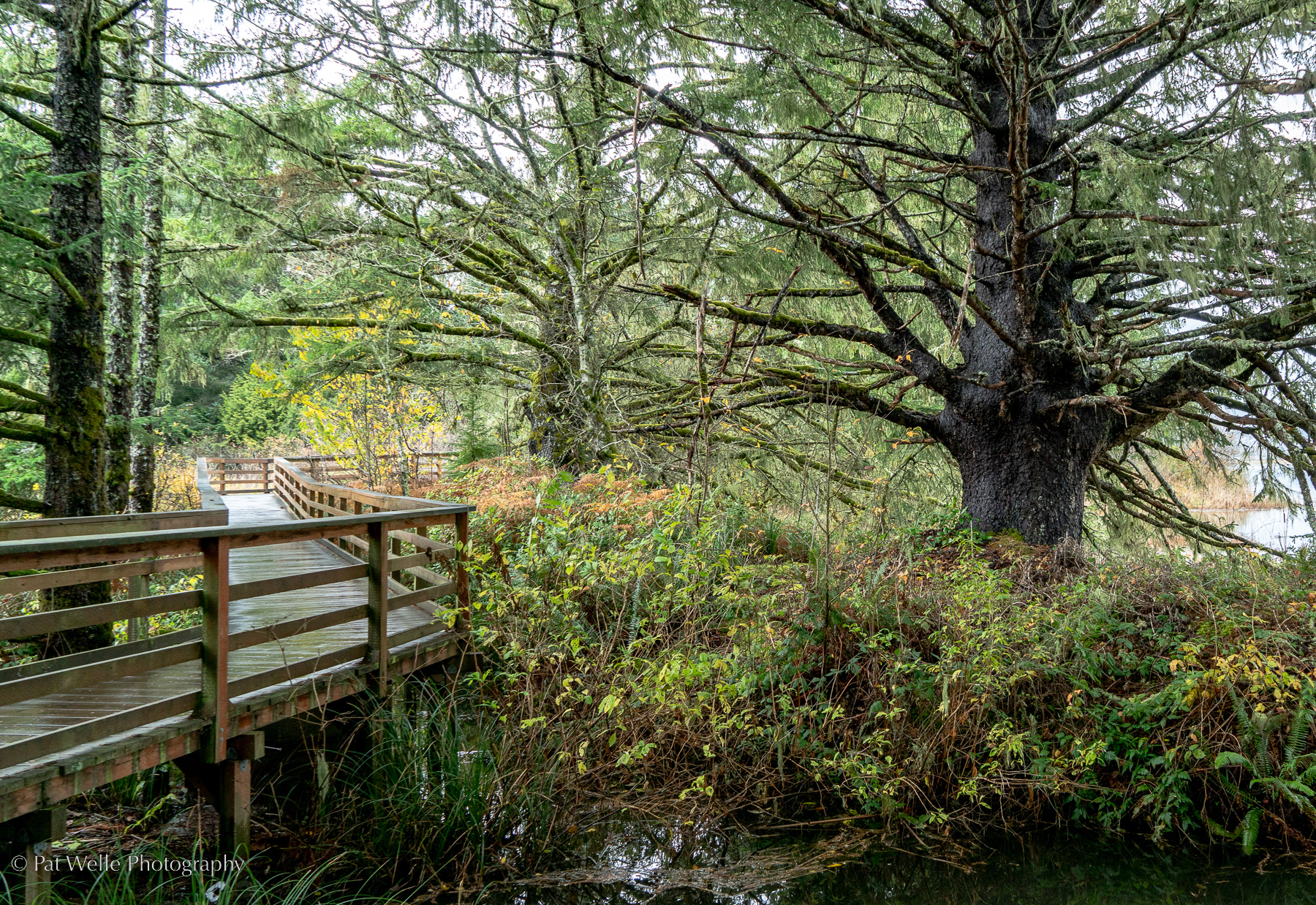
Trail in Lewis and Clark State Park

Water Meets Trees
t
Portland-Vancouver: Upstream of Portland, the river spills from the confinements of the Columbia Gorge. It becomes more a working river here, and the Willamette River joins it. On the city's northwest edge Sauvie Island offers quieter spaces for both humans and wildlife.

Sauvie Island Bridge

Locals Enjoying the Sun
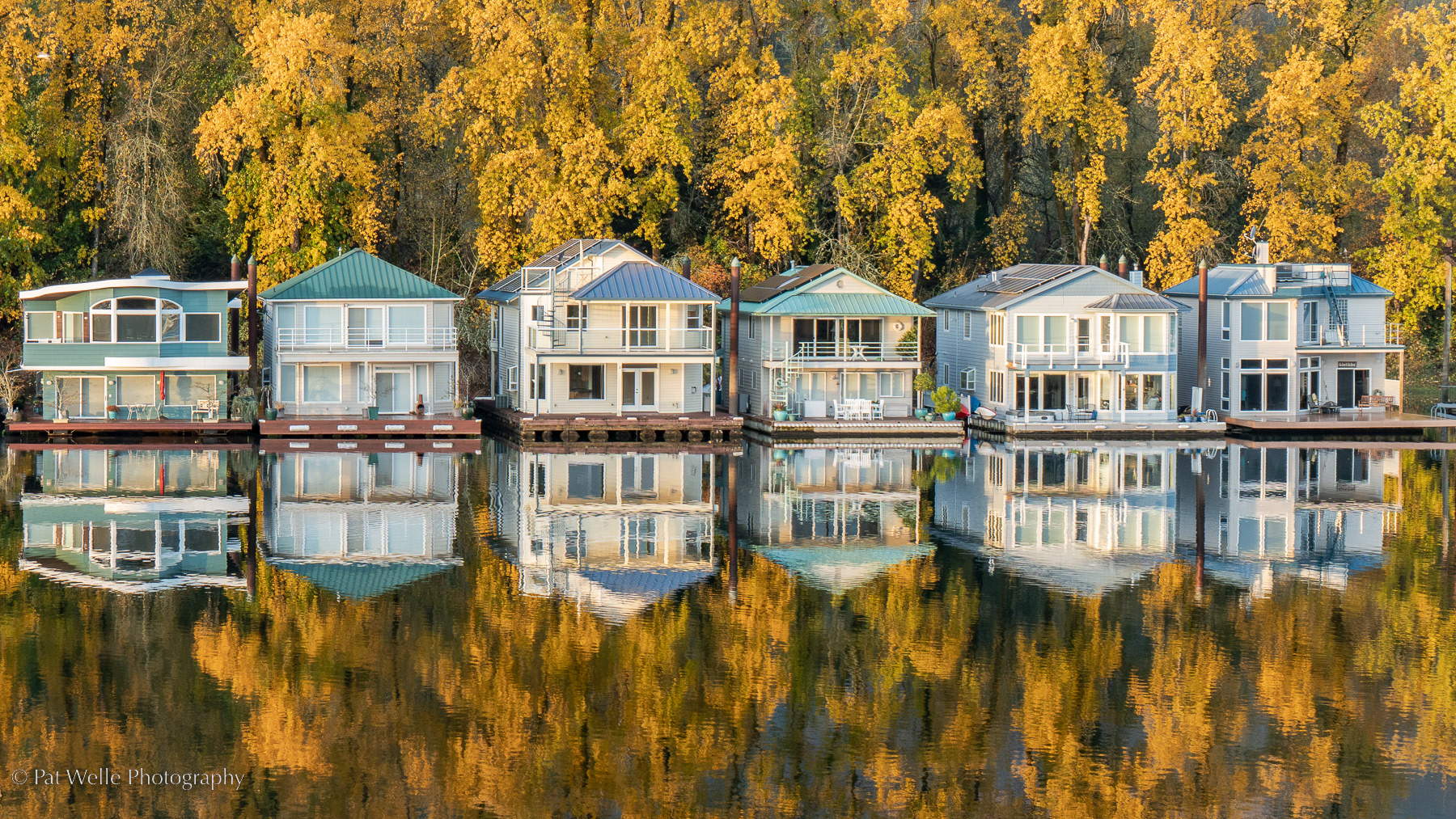
Floating Homes along Multnomah Channel

Early Morning Fishing

A Working River

Spring Building
Eastern Washington: On the east side of the Cascades, upriver of The Dalles, the Columbia the vegetation along the river changes dramatically. Thick forests give way to sagebrush, open hillsides, and a variety of colorful plants in the spring.
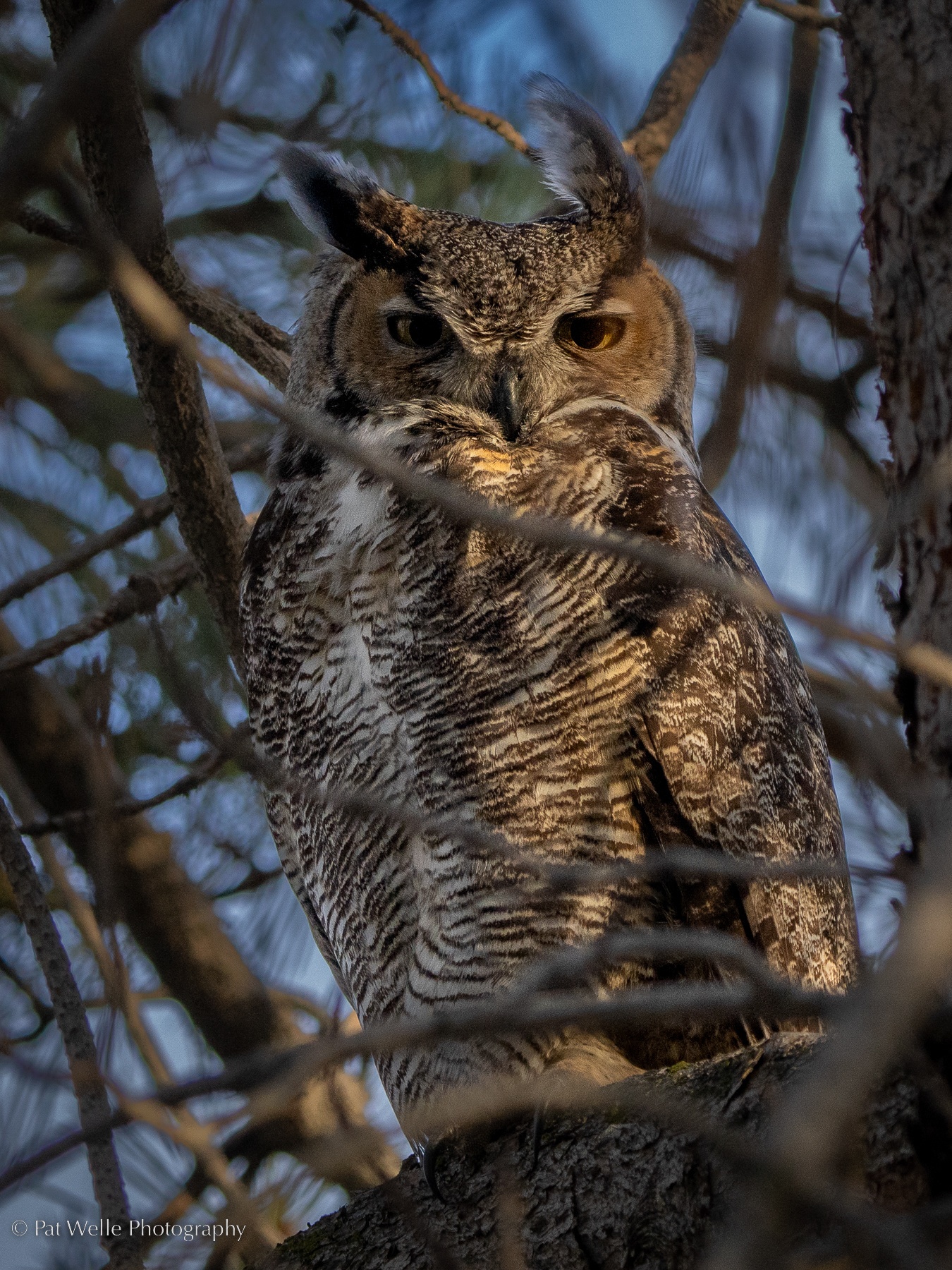
Great Horned Owl
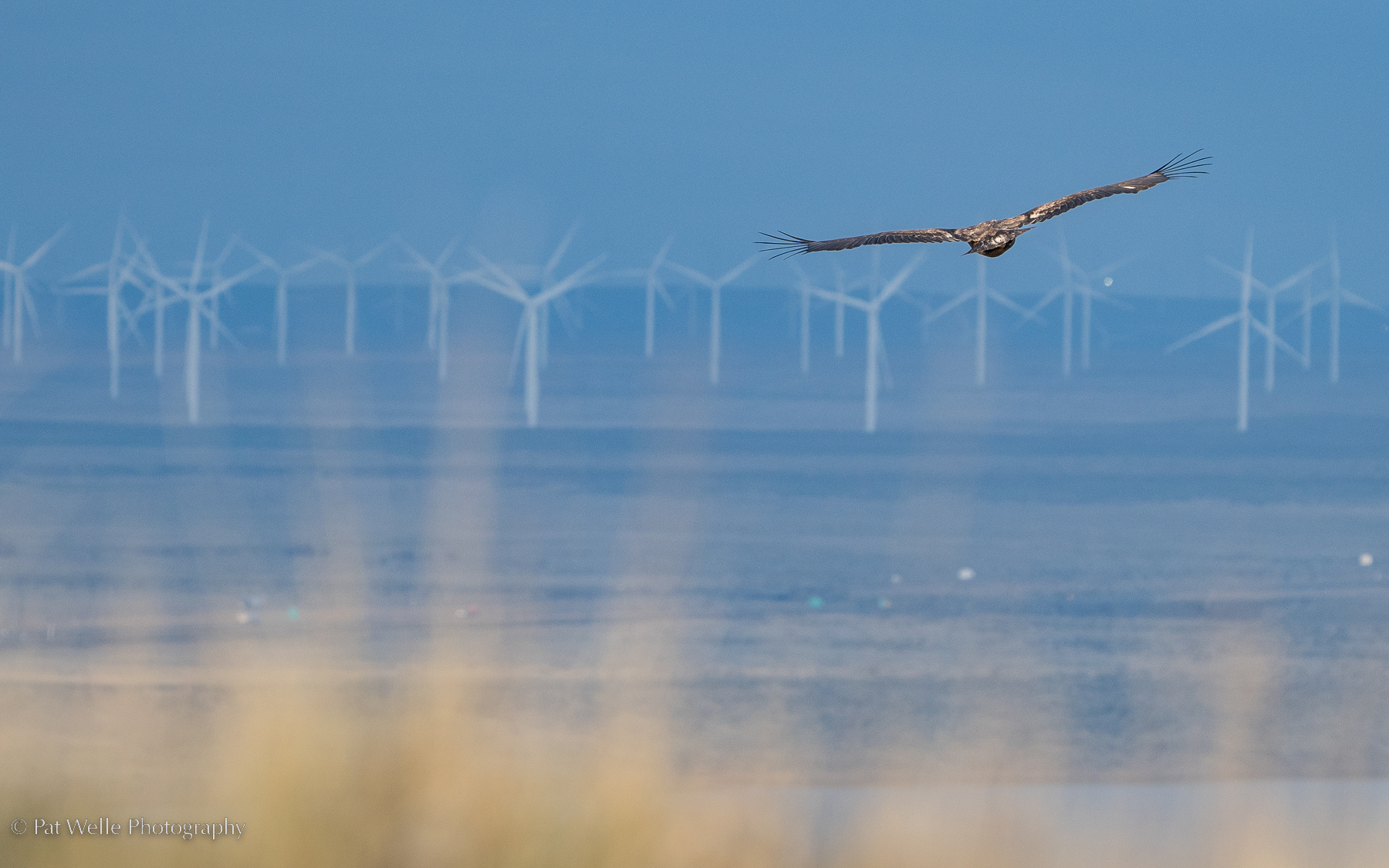
Golden Eagle above Crow Butte
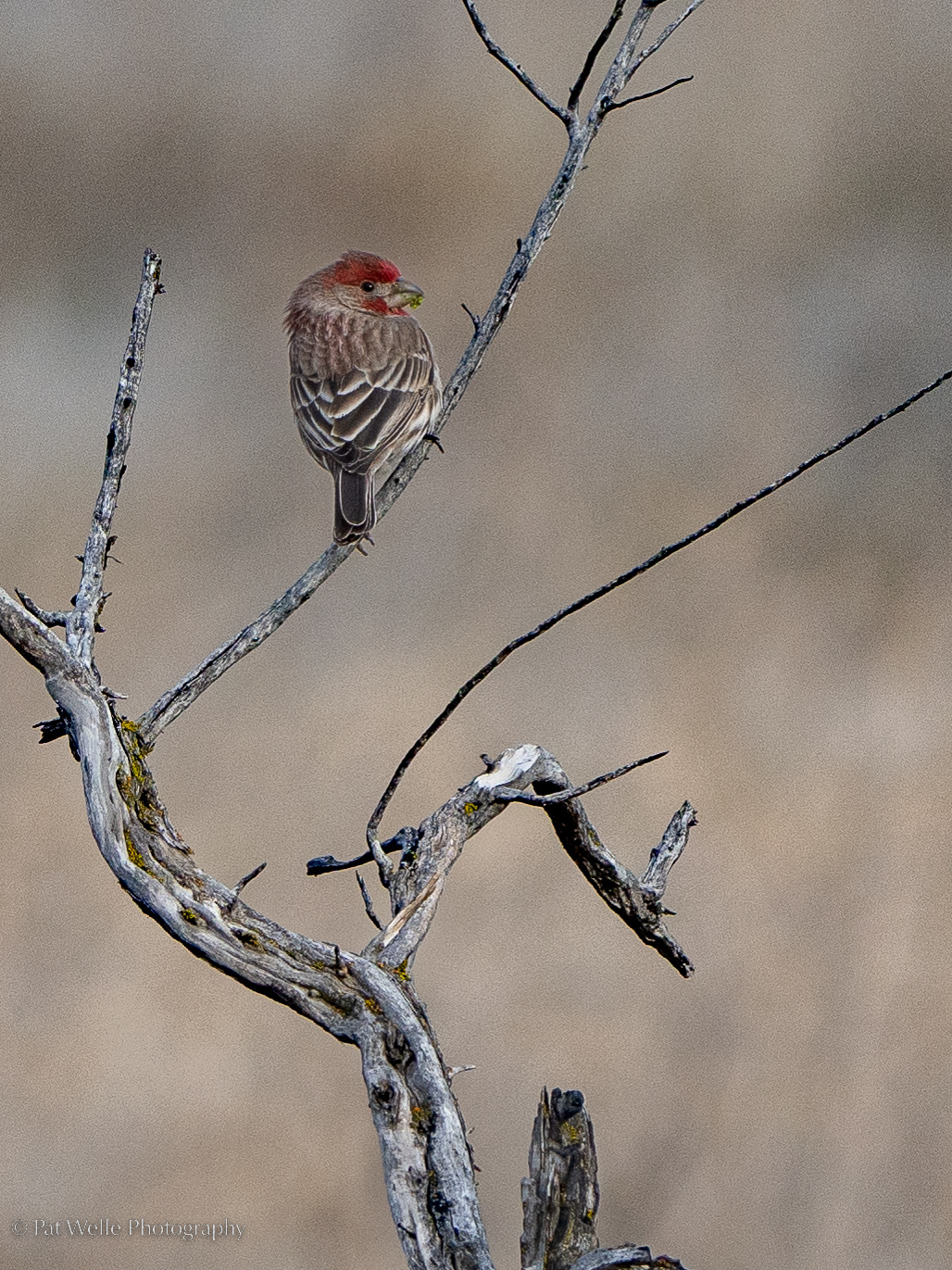
House Finch
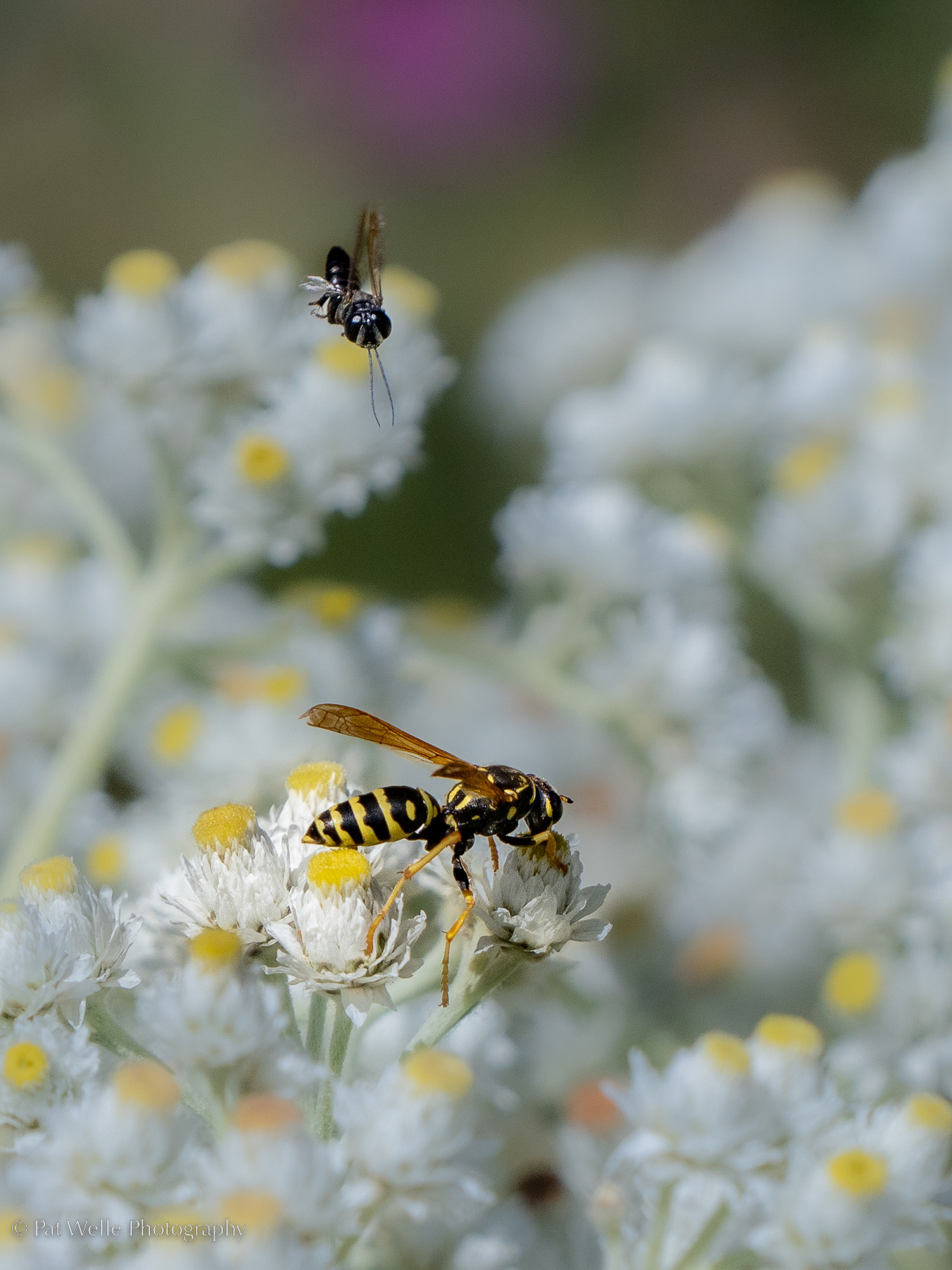
Pollinators
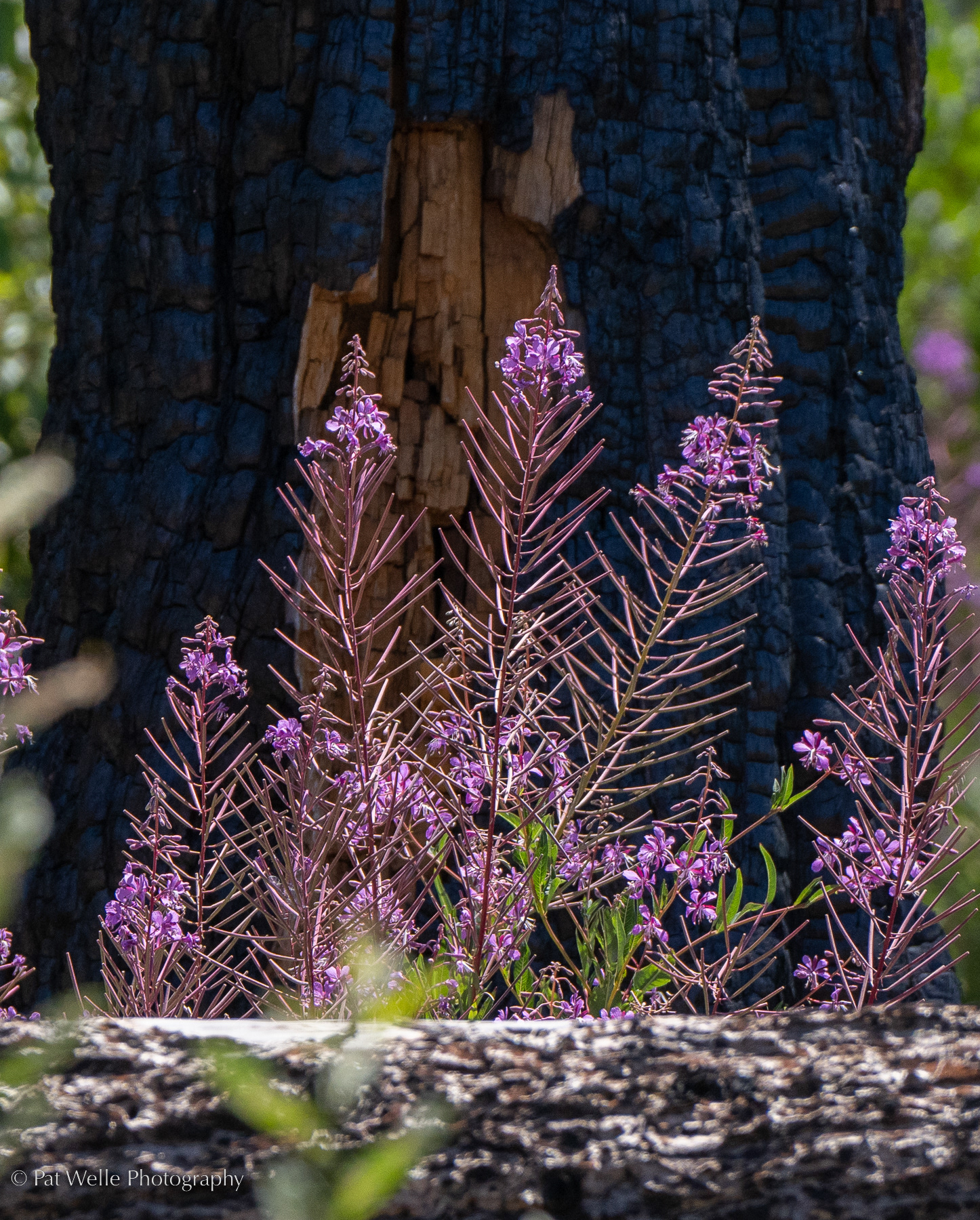
Fireweed after a Burn
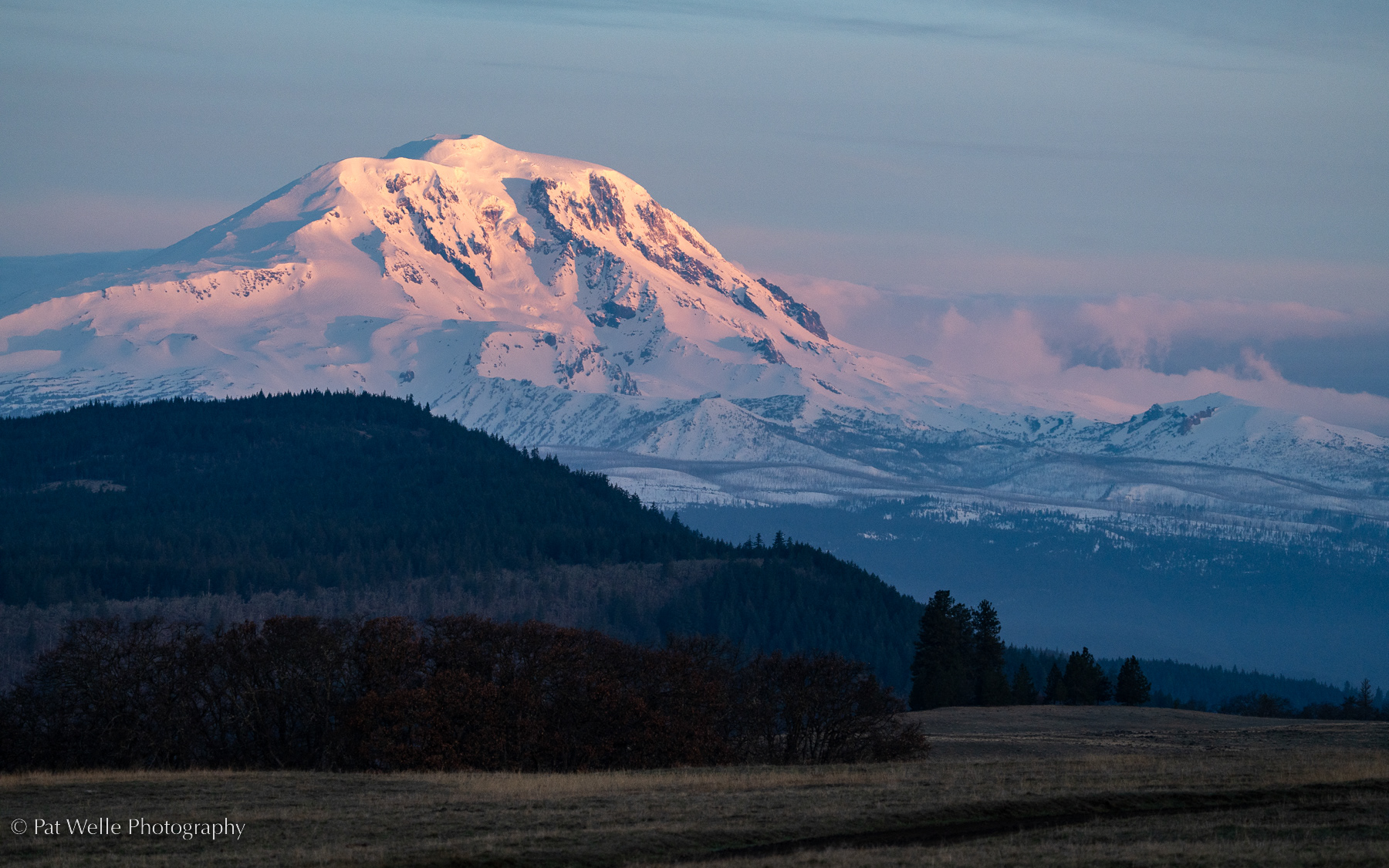
Mt. Adams at Sunrise
